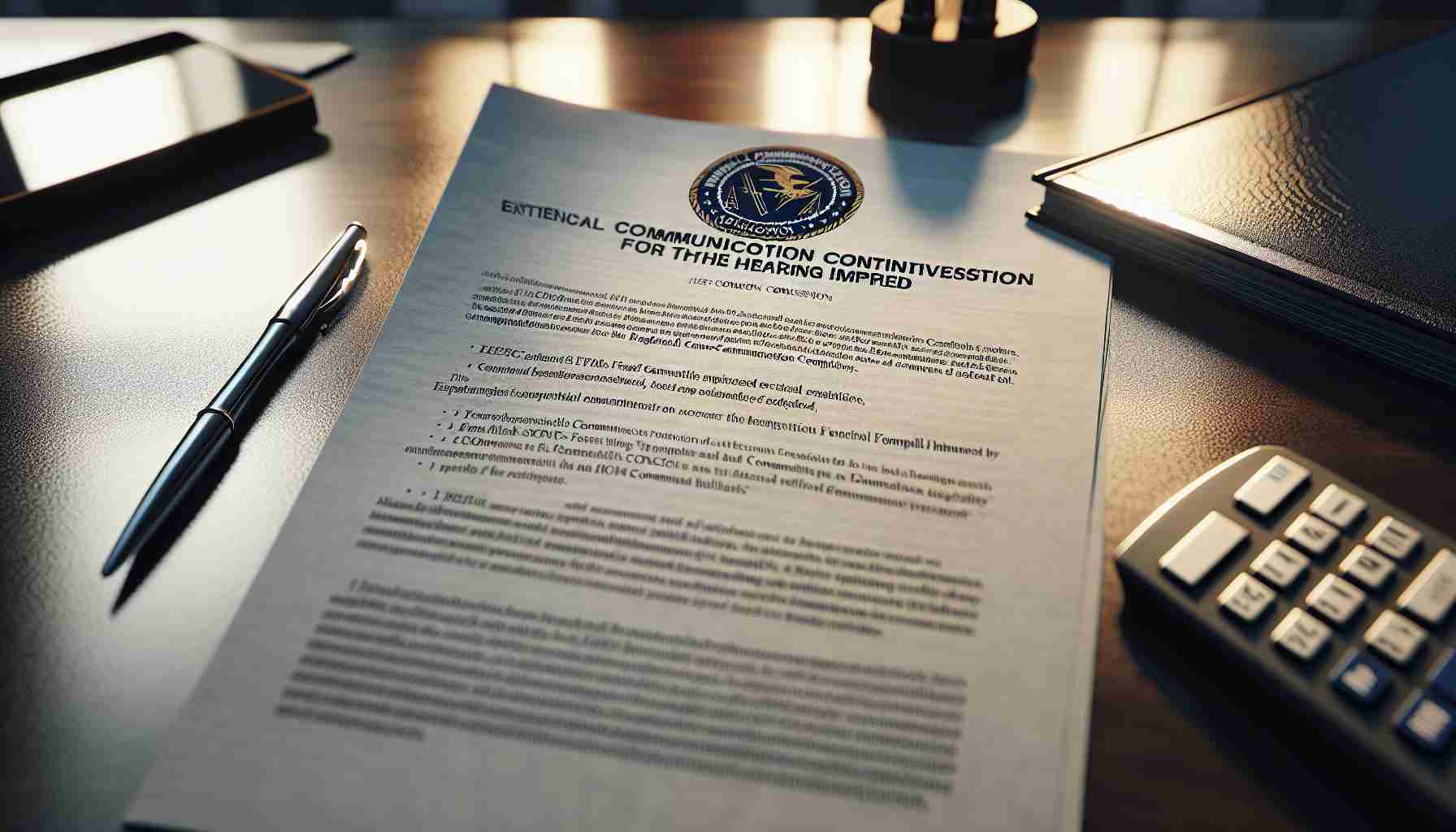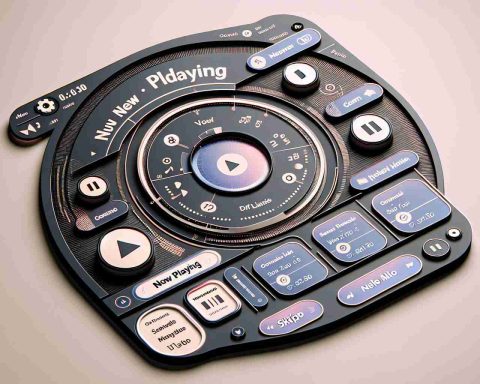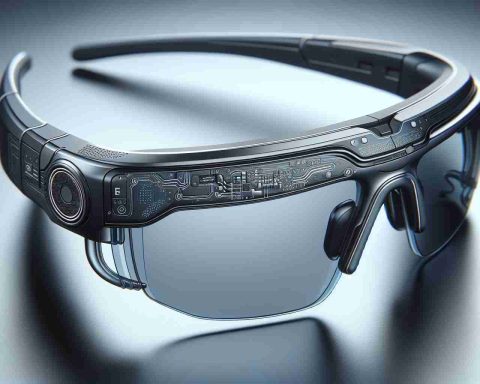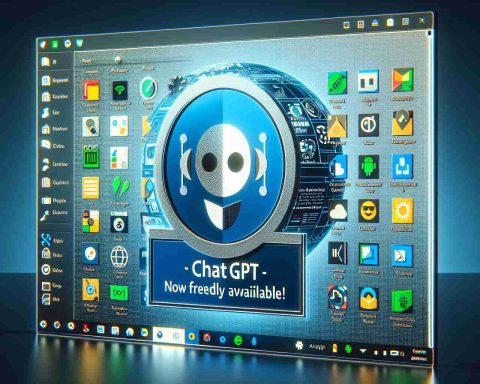The Federal Communications Commission (FCC) has introduced a groundbreaking regulation mandating that all mobile phones sold in the United States must be compatible with hearing aid technology. This significant measure aims to enhance the accessibility of mobile devices for approximately 48 million Americans experiencing hearing loss.
In this new framework, manufacturers are directed to eliminate exclusive Bluetooth standards that could hinder compatibility with hearing aids. The FCC emphasizes that this change will empower consumers with hearing impairments to choose from a wider array of mobile phones, significantly increasing their access to various technologies and price points in the market.
Another important aspect of the regulation is the requirement for mobile handsets to meet specific audio volume standards. This is intended to ensure users can enjoy clear sound without distortion, benefiting both those who use hearing aids and those who do not.
Furthermore, manufacturers are instructed to update their marketing materials and product labels to clearly communicate the compatibility of their devices with hearing aids. This will include details about the device’s audio volume capabilities and compliance with necessary standards, making informed choices easier for consumers.
Overall, this regulation represents a substantial step forward in creating a more inclusive environment for individuals with hearing impairments in the mobile technology landscape.
New FCC Regulation Enhances Accessibility for Hearing Impaired Individuals
The Federal Communications Commission (FCC) recently unveiled a new regulation aimed at improving the accessibility of mobile phones for individuals with hearing impairments. This initiative follows extensive advocacy efforts by disability rights organizations and is part of a broader move to promote inclusivity within technology.
Key Questions and Answers:
1. What is the scope of the new FCC regulation?
The regulation requires that all mobile phones sold in the U.S. must be compatible with hearing aids. This ensures that approximately 48 million Americans with hearing loss have better access to mobile technology.
2. How will the regulation improve device compatibility?
The FCC mandates that manufacturers dismantle exclusive Bluetooth standards that restrict compatibility with hearing aids. By eliminating these barriers, consumers can choose from a broader range of devices that meet their needs.
3. What are the expected benefits for consumers?
Consumers will gain access to a more diverse array of mobile phones at different price points. They will also benefit from standardized audio volume capabilities, ensuring clarity of sound without distortion.
Key Challenges and Controversies:
Despite the positive implications of this regulation, several challenges and controversies remain.
– Implementation Gaps: Manufacturers may face challenges in meeting the compliance timelines set by the FCC. There could also be inconsistency in how quickly various brands adopt the required changes.
– Cost Implications: Some manufacturers argue that adapting their devices to meet these new standards may lead to higher costs, which could be passed on to consumers.
– Market Response: There is concern within the industry regarding how these regulations may affect market competition. Some worry that smaller manufacturers may struggle to comply and maintain their presence in the market.
Advantages and Disadvantages:
Advantages:
– Increased Accessibility: The regulation permits enhanced access to mobile technology for the hearing impaired, promoting independence and connectivity.
– Greater Choice: Consumers will benefit from a wider selection of devices that cater to their needs in terms of features, functionality, and price.
– Standardized Information: With clear labeling and marketing requirements, consumers can make well-informed decisions about which products will work best for them.
Disadvantages:
– Potential Cost Increases: The need for manufacturers to modify their devices might lead to price hikes in mobile phones.
– Transition Period Challenges: During the implementation period, there may be confusion among consumers about which devices comply with the new standards.
– Resource Allocation for Manufacturers: Smaller companies may face resource constraints to adjust their products, affecting their competitiveness in the market.
In conclusion, the FCC’s new regulation marks a transformative moment in making mobile devices more accessible to individuals with hearing impairments. While it presents several benefits, stakeholders should remain vigilant about potential challenges and actively engage in dialogues to navigate these complexities.
For more information on accessibility regulations and initiatives, visit FCC.

















